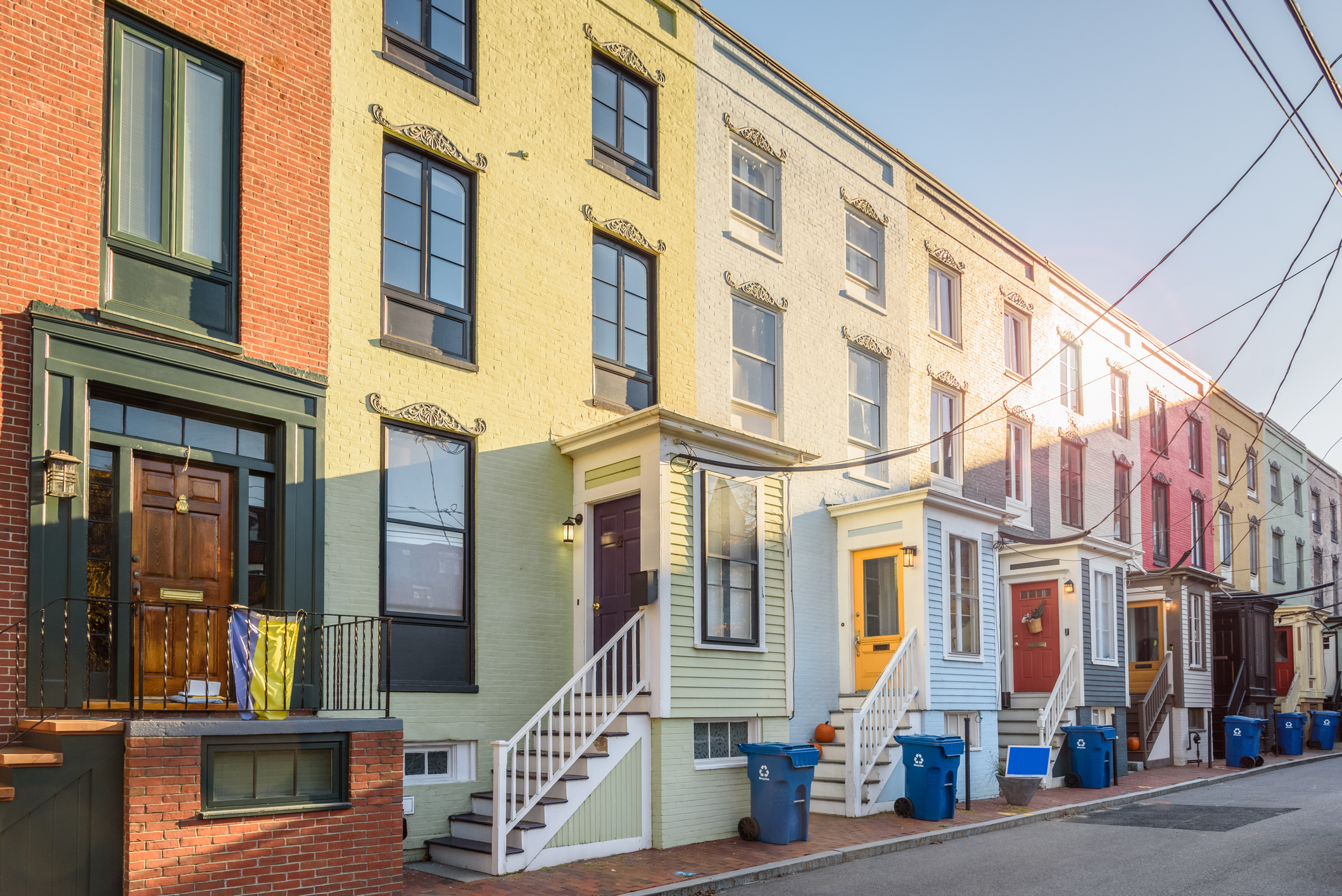Overview
Rental registries are key tools for understanding a city’s housing landscape. While there is a large range of information that can be collected, at their heart, rental registries are databases that contain information about rental properties and their owners. This information can be used to promote healthy and safe housing via proactive or performance-based inspections for housing quality; those inspections can be used as a basis for providing licenses. Rental registries can provide a strong foundation upon which programs aimed at safeguarding people living in rental housing are built.
💡Pro Tip: What should be included in a Rental Registry?
The absolute minimum is information about the owners (and if an LLC, the real people behind it) and, if the owners live outside the city or county, a local agent or manager who will handle emergencies and accept legal services. It’s also helpful to get information about the property (number of units, heating fuel, etc.) and potentially even contact information for tenants so they can be reached directly if necessary.

Dual Strategies and Smart Scaling
Ordinance 1: Seattle, WA
Population Size: 755,078
Rationale for Inclusion
- Seattle is a good example of a single ordinance addressing two key policy actions: rental registries coupled with proactive inspections (examined in the next policy category in more detail).
- This ordinance outlines a scaled fee system, with an initial property fee baseline and a cost per unit for multi-unit properties.
- The City planned a phased rollout of the new requirements, increasing the feasibility of enforcement and allowing for capacity constraints.
- This example also includes a targeted rollout, by starting with known “bad actors.”
Important Considerations
- While in this example, each property must register and be inspected, large properties will only inspect 20% of the units. Cities should consider expanding to additional units if issues are found. Some health and safety factors, such as radon, may warrant inspecting all units as conditions can easily vary from unit to unit.
- Property owners source their own inspectors; they aren’t city inspectors. Inspectors do need to register with the City, attend training, and meet certification and other requirements.
💡Pro Tip: Private inspection firms as a supplement to limited municipal resources
If the municipality does not have enough inspectors to do both proactive inspections and respond to complaints, it should consider allowing either contracting with private firms or giving landlords the option of having their properties inspected by private firms. The municipality should carefully vet potential inspection firms, create a list posted on the municipal website of qualified firms willing to do inspections for a set fee, and do spot checks of private inspections to maintain quality control.

Tying Enforcement to Registration
Ordinance 2: Detroit
Population Size: 633,218
Rationale for Inclusion
- This example requires both rental registration and a certificate of compliance.
- This is a strategy you will see in other examples, as well. The ordinance clearly explains how landlords can access the rental registry process and details landlord expectations and tenants’ rights (including anti-retaliation protections).
- Amendments were passed to improve compliance rates, including a new inspection system to make it easier and less expensive for landlords with good-quality housing to receive a certificate of compliance.
- The ordinance includes a robust definition/data dictionary. This example outlines an escrow process, allowing tenants to put their rental payments in escrow until their landlord comes into compliance with the regulations.

Implementation Tools & Resources
Need More Help?
Feel free to contact us!
